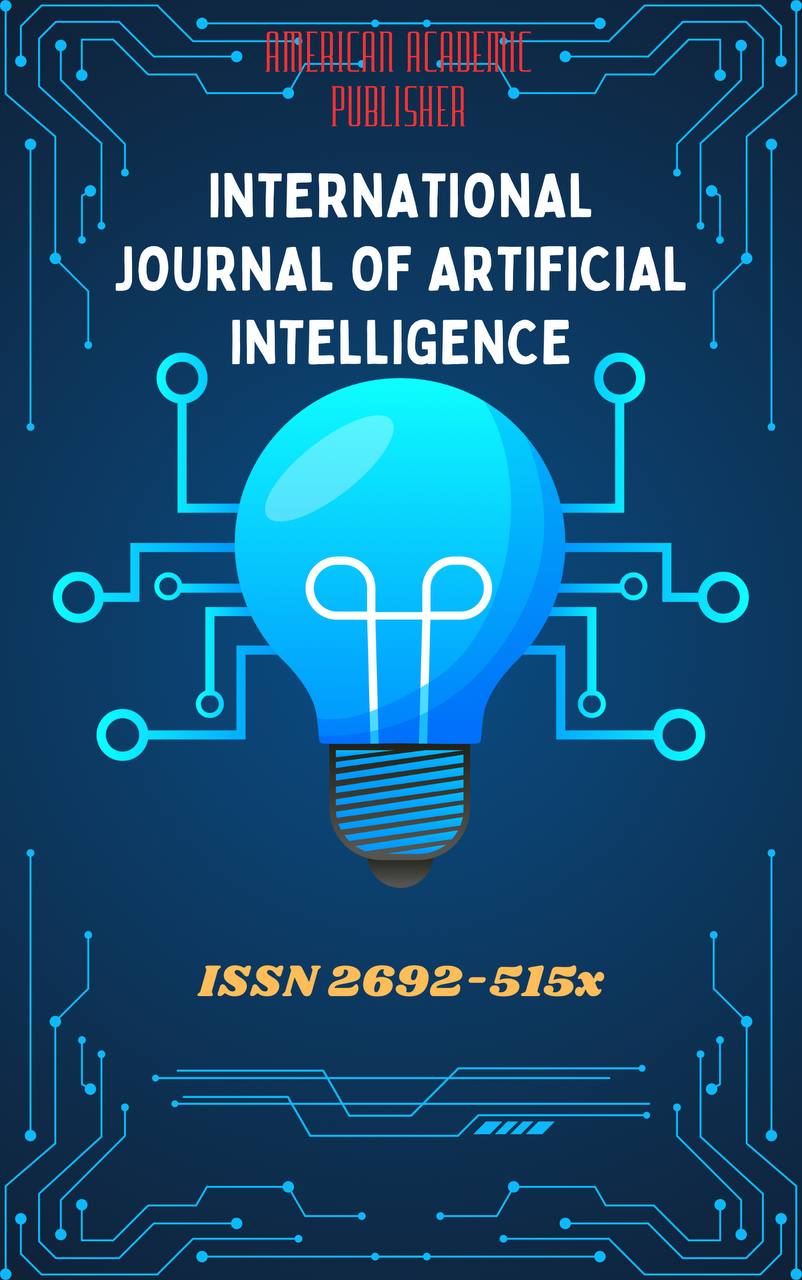 Articles
| Open Access |
Articles
| Open Access | GENDER ASYMMETRY IN COLOR SYMBOLISM IN RUSSIAN FOLK TALES
Ziyodullayeva Aziza Akmal kizi , Uzswlu,teacherAbstract
Russian folk tales are rich in symbolic imagery, where color often functions as a key code that shapes the audience’s understanding of characters, events, and moral lessons. In traditional oral storytelling, color descriptors are rarely ornamental; rather, they serve as condensed symbols of broader cultural meanings. Through repeated use, certain colors become associated with particular moral, social, or cosmic concepts, and these associations often intersect with gender representation. In Russian folk narratives, male and female characters are frequently depicted with distinct color schemes, and these color choices are rarely accidental.
Keywords
References
Propp, V. (1928). Morphology of the Folktale.
Lotman, Y. (1990). Universe of the Mind: A Semiotic Theory of Culture.
Barthes, R. (1957). Mythologies.
Butler, J. (1990). Gender Trouble: Feminism and the Subversion of Identity.
“Vasilisa the Beautiful.” mk-tales.com.
“Vasilisa the Beautiful.” detskie-skazki.com.
“The Scarlet Flower.” russianfairytales.org.
“The Frog Princess.” fairytalesofrussia.com Got it — here’s the full ~9-page (about 3,500 words) academic-style article on Gender Asymmetry in Color Symbolism in Russian Folk Tales.
Article Statistics
Downloads
Copyright License

This work is licensed under a Creative Commons Attribution 4.0 International License.

